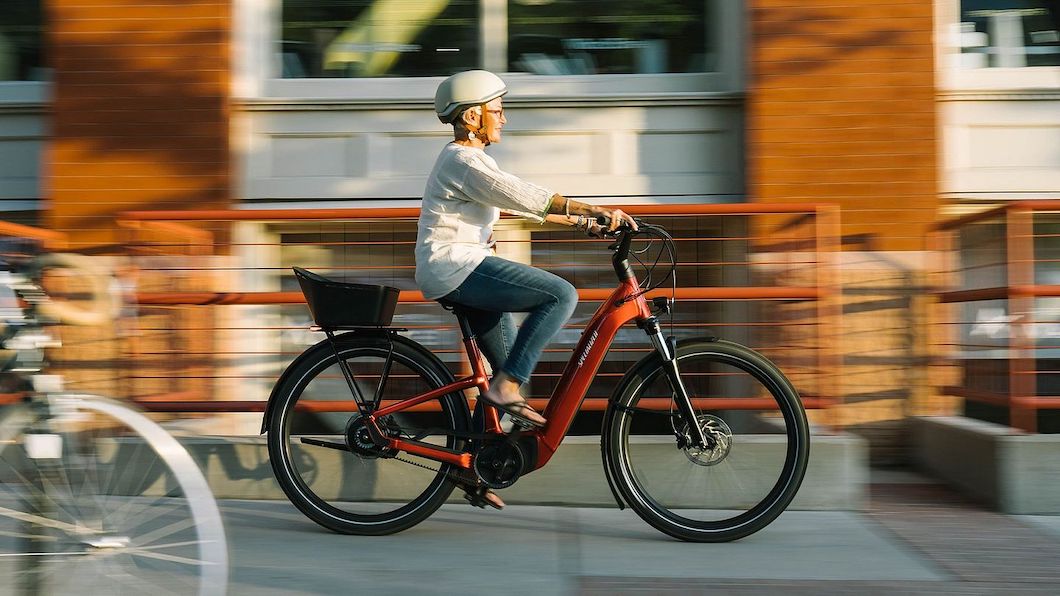
Torn ACLs, arthritis, osteoporosis and more—there are any number of injuries, diseases and medical conditions that can make exercise hard, if not downright impossible. Being active is one of the great joys of being human and if that’s taken away, well … where’s the Prozac? A question we often get from friends, family and readers is, “Can I ride an e-bike with bad knees?”
It’s a fair question, given how many things are eliminated from the menu when someone does have balky knees. Fortunately, there is a simple answer:
Almost certainly.
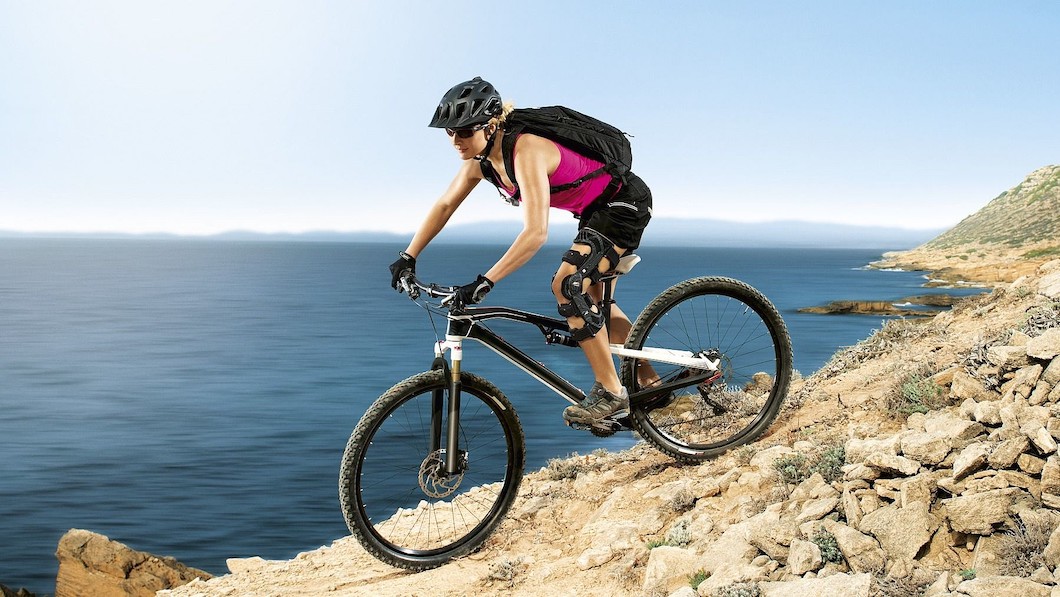
We can’t say absolutely yes because without being both physicians and knowing someone’s unique circumstance, we can’t responsibly answer that question. But, we do have significant experience with cycling, e-bikes and, um, some less-than-fun injuries, not to mention recovery from said injuries, ahem.
Why e-bikes are an option
Bicycles tend to be a terrific option for any active person who has suffered a knee injury because they don’t require a person to put their full weight on the joint. Think about it: Almost any activity someone might do that moves the knees requires someone to put their full weight on each knee during a full cycle of movement. Bikes of any sort are a terrific option precisely because riding a bike never requires someone to put their full weight on that joint.
Anyone who has had a knee replacement has spent time on a stationary bike in physical therapy. The pedaling motion moves the knee through a broad range of motion without any extremes and a rider need only place as much weight on their knee as they feel comfortable.
For someone with an issue like arthritis, where problems tend to get worse short of a surgical intervention, riders can favor a knee, putting full force on one leg and going easy on the bad knee. Stationary bikes like those in physical therapy offices tend to be popular because when a rider gets tired or their knee begins to bark, they can simply stop pedaling and get off the stationary bike.
Why an e-bike is better than either a traditional or a stationary bike
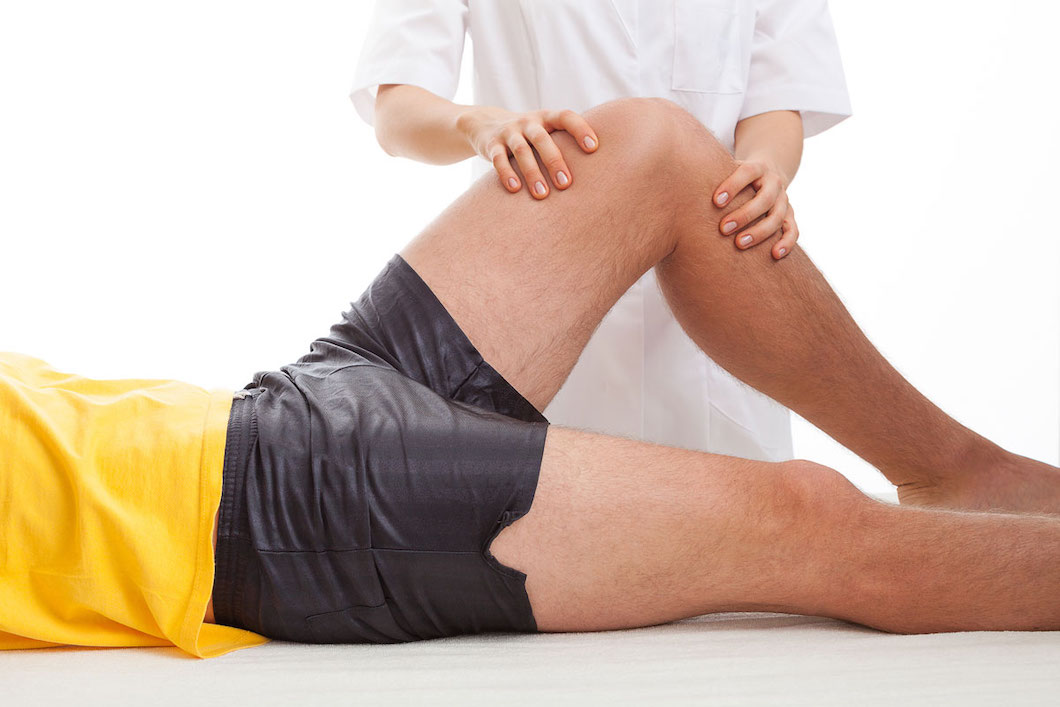
It’s fair to ask, if pedaling is better for knees than walking, running or a number of other activities (looking at you, Alpine skiing), why isn’t a regular bike better than an e-bike? The reasons are multiple, if not plentiful.
First, why not a stationary bike? The simple answer is that outside is more fun than binge-watching Breaking Bad again, and there are only four seasons of Ozark. But, srsly, going outside and seeing the world, feeling the wind and hearing the sounds (even that hopped-up Mustang), not to mention getting some Vitamin D from sunshine, aren’t so much reasons to get outside, as they are the benefits we enjoy when we do.
Out in the real world, a regular bike doesn’t afford riders the easy out that a stationary bike does, which can make getting home difficult if someone has overestimated their recovery or ability. That’s where the e-bike shines.
E-bikes offer an amazing alternative to a traditional bike by allowing a rider to begin with a lesser level of assistance, but if their bad knee (or knees) begin to cause trouble, the PAS (pedal assistance system) can be bumped up a level or two in order to give the rider the ability to reduce how much force is placed on the joint.
What if my knee acts up on a ride?
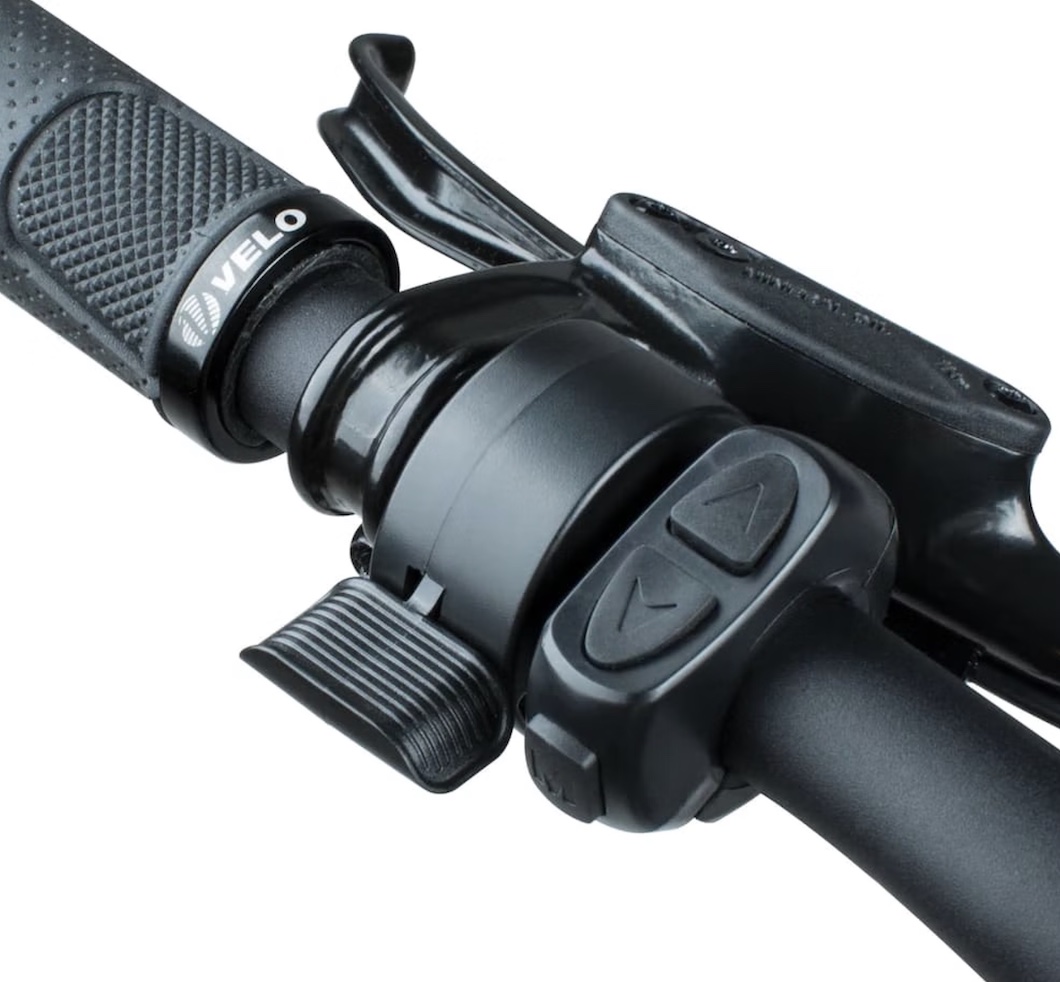
Realistically, there are times when an injured knee can be painful to move through an entire pedal stroke. Maybe 30 minutes of activity was fine, but an hour was too much. That’s where Class 2 and some Class 3 e-bikes really shine. Class 2 bikes go a max speed of 20 mph, like Class 1 bikes, but they are different in that they come equipped with a throttle. Not all Class 3 bikes have a throttle, but many do.
Should that knee begin to scream (metaphorically), throttling home with nary another pedal stroke eliminates the understandable concern about feeling stranded miles from home. With an e-bike, that’s not a thing. As we sometimes say, e-bikes come with their own insurance.
So get out there, bad knees or no
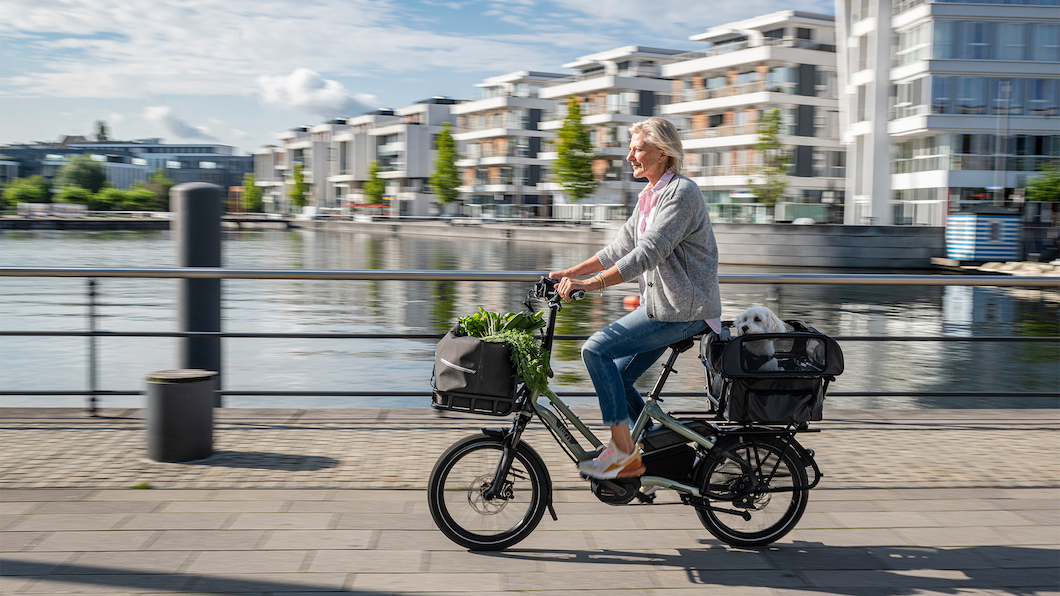
To be clear, we don’t recommend riding with an active injury. However, once a medical professional gives someone a green light to be active, an e-bike is arguably one of the best ways to ease back into an active life. For those who are trying to stay active but have been limited due to other factors, an e-bike can sometimes be one of the few options afforded someone. The combination of moving the joint through a range of motion without extremes and the ability to move without putting full weight on the joint make it ideal for anyone who might otherwise be on the couch.
Images courtesy: Specialized, Infinite Therapy, Aventon and Tern


Leave a Reply